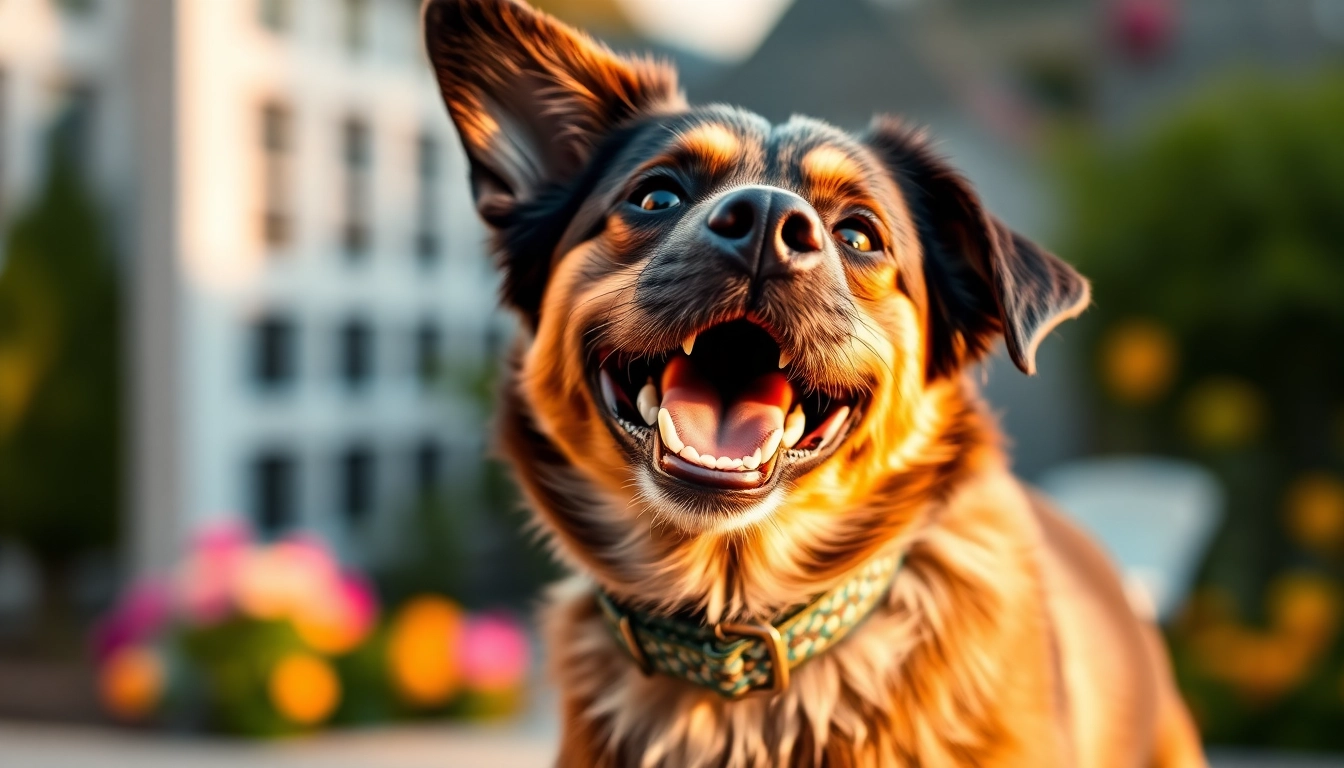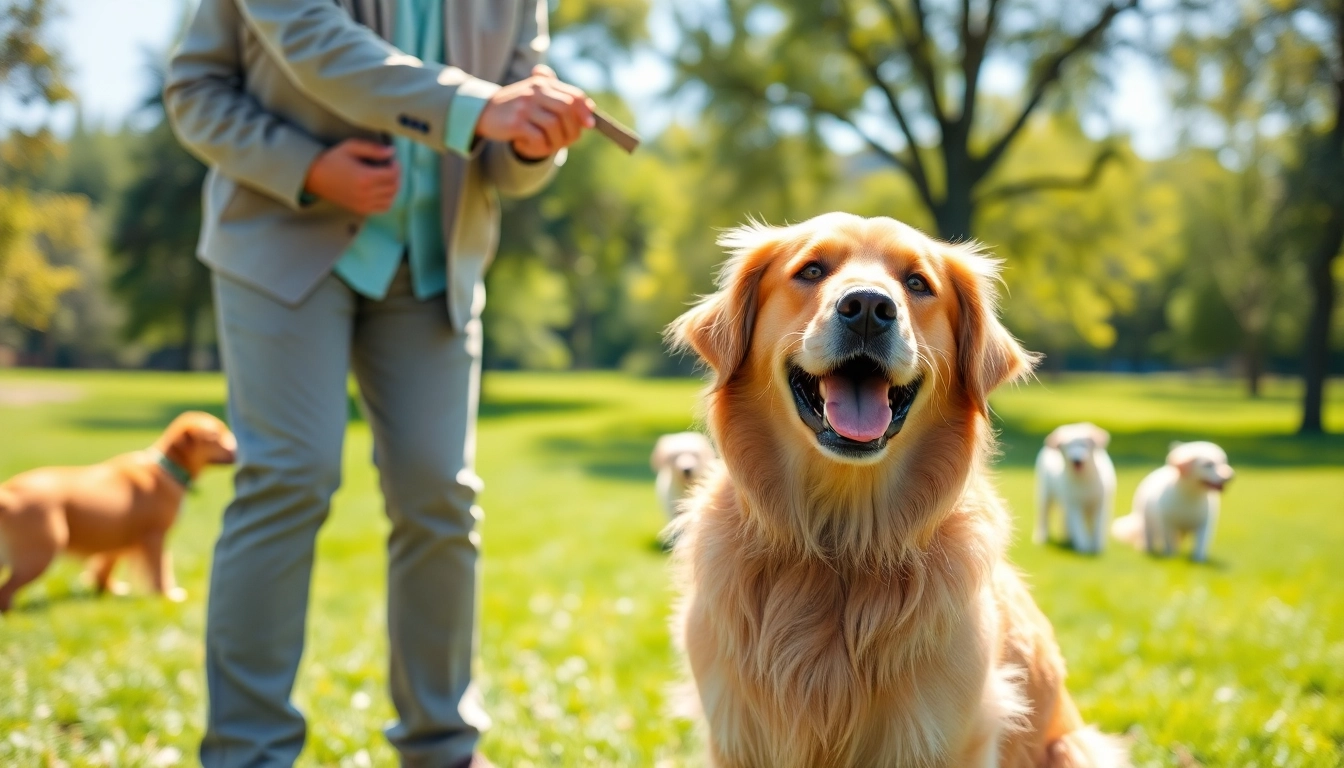Understanding Dog Collars: Types and Functions
Dog collars are more than just accessories; they play a critical role in the safety and well-being of our canine companions. Each type of collar serves a unique purpose, and choosing the right one is a paramount decision for any dog owner. In this comprehensive guide, we’ll explore the various styles and functions of dog collars to help you make an informed decision. To dive deeper into the ongoing discussion about the best dog collars, let’s explore the intricacies of this essential dog gear.
Different Styles of Dog Collars
Collars come in various styles, each tailored for specific needs, preferences, and dog breeds. Here are some of the most common types:
- Flat Collars: The standard collar for daily use, often equipped with a buckle or snap. Ideal for wearing tags and attaching a leash.
- Martingale Collars: Best suited for dogs that tend to slip out of their collars. This type tightens slightly under tension, providing better control.
- Head Halters: Designed to give pet owners more control over their dogs by steering their heads. Effective for training and behavioral issues.
- Harnesses: While technically not a collar, harnesses distribute pressure more evenly across a dog’s body and are preferred for leash training, especially for smaller breeds.
- Choke Chains: Designed primarily for training purposes, but require careful use to avoid causing harm.
- Prong Collars: Used in specific training scenarios for stubborn breeds, but similarly risky if not employed correctly.
- Reflective Collars: These collars enhance visibility, making them ideal for nighttime walks or in low-light conditions.
- Electronic Collars: Used for a variety of training methods, especially with stubborn dogs. Caution is advised to ensure their humane use.
Purpose of Each Collar Type
Understanding the purpose behind each collar style is crucial for selecting the right one. The goal is always to ensure safety and comfort for your dog:
- Flat Collars: These are best for everyday wear, allowing you to attach your dog’s identification tags.
- Martingale Collars: They prevent escape by tightening without choking, making them a safe option for dogs with narrow heads.
- Head Halters: Help control strong or hyperactive dog breeds, guiding their movement by controlling their heads.
- Harnesses: Offering better control and security, harnesses are particularly beneficial for small dogs or those prone to respiratory issues.
- Choke Chains and Prong Collars: Should only be used by experienced trainers as they can harm if misused.
- Reflective Collars: Ideal for evening walks or in dark environments, these collars keep your dog visible to oncoming traffic.
- Electronic Collars: Can be used for training purposes but must be applied carefully to avoid negative behavior associations.
Choosing the Right Size
Fit is critical when selecting a collar. A poorly fitted collar can lead to discomfort or even cause injury. Here are some considerations for finding the right size:
- Measuring Your Dog: Use a measuring tape to determine the circumference of your dog’s neck where the collar will sit. Ensure you can fit two fingers between the collar and the neck.
- Adjustability: Many collars come with adjustable features, which allow for flexibility as your dog grows or changes weight.
- Comfort: Ensure the material of the collar does not irritate your dog’s skin.
Key Features of the Best Dog Collars
When searching for the best dog collars, it’s essential to consider various features to ensure quality and comfort. Here’s what to look out for:
Material Choices for Durability
Durability is a hallmark of a quality collar. Different materials offer various benefits:
- Nylon: Lightweight and water-resistant, making it a popular choice for everyday collars. Be sure to choose high-quality, thick nylon for maximum durability.
- Leather: Provides an elegant and durable option. High-quality leather is sturdy but may require more maintenance than synthetic options.
- Biothane: A versatile material that resembles leather but is more resistant to water and wear. It’s also easier to clean.
- Neoprene: Often used in harnesses and collars designed for water activities due to its waterproof nature.
Safety Features to Consider
Safety features are crucial when selecting a collar. Consider the following:
- Breakaway Collars: Designed to slip off under pressure, reducing the risk of choking or injury.
- Reflective Elements: Enhances visibility during nighttime walks.
- Safety Releases: Some collars include quick-release mechanisms that can free the dog in emergencies.
- High-Quality Buckles: Ensure that the buckles are not only easy to use but also sturdy enough to hold up against pulling.
Adjustability and Comfort Factors
Collar comfort is paramount for long-term wear. Here’s what to consider:
- Width: Wider collars tend to distribute pressure more evenly than narrower models.
- Padding: Look for collars that offer padding in areas that may rub against your dog’s skin.
- Breathability: The material should allow breathability, especially in warmer weather, to prevent skin irritation.
- Layered Designs: Collars with layered materials can offer both durability and comfort.
How to Properly Fit a Dog Collar
Fitting a collar correctly is crucial for your dog’s comfort and safety. Here are some steps to ensure a proper fit:
Measuring Your Dog’s Neck
Follow these guidelines for accurate measurement:
- Use a flexible measuring tape. Measure around the neck where the collar will sit.
- Leave enough room to fit two fingers between the collar and the dog’s neck.
- If your dog is between sizes, opt for the larger size for comfort.
Common Fitting Mistakes
Be aware of these common fitting mistakes:
- Choosing a collar that is too tight, which can lead to choking or discomfort.
- Ignoring adjustments; as dogs grow or gain weight, collars should be re-fitted regularly.
- Failing to check for wear and tear which can lead to unexpected collar failure.
Signs of a Poorly Fitted Collar
Keep an eye out for these indicators:
- Your dog shows discomfort or tries to scratch or bite at the collar.
- Redness or irritation around the neck area.
- The collar is loose enough to slip off or tight enough to restrict the dog’s movement.
Expert Tips for Selecting the Best Dog Collars
Choosing the right collar involves more than just style; it requires consideration of your dog’s unique needs. Here are some expert tips to help you in the selection process:
Consulting with Pet Professionals
Pet professionals such as veterinarians or dog trainers can provide valuable insights based on your dog’s breed, age, and behavior. They might suggest:
- The best collar type that caters to your dog’s training needs.
- Recommendations on adjusting collar sizes and types as your pet matures.
Reviews and Recommendations
Reviews from fellow dog owners can provide real-world insights. When researching collars, consider:
- Look for detailed product reviews on reputable websites or forums.
- Seek recommendations from local dog trainers or pet stores known for quality products.
Budgeting for Quality
Investing in a high-quality collar can save you money in the long run. Here’s how to budget wisely:
- Set a realistic budget that reflects the importance of safety and durability.
- Research brands that offer guarantees or warranties to assure quality.
- Consider collars that may be slightly pricier but come with safety features or superior materials.
Caring for Your Dog’s Collar
Maintenance is essential for ensuring the longevity of your dog’s collar. Here are practical tips for keeping it in top condition:
Cleaning and Maintenance Tips
Regular cleaning can extend the life of your dog’s collar:
- For nylon collars, hand washing in warm, soapy water is effective. Rinse thoroughly and allow to air dry.
- Leather collars require special leather cleaner. Avoid soaking them in water to prevent damage.
- Inspect the collar for fraying or wear. Regular checks can prevent accidents.
When to Replace a Collar
Knowing when to replace your dog’s collar is vital:
- Replace collars that show significant wear, such as frays, tears, or weakened buckles.
- End-of-life indicators also include excessive stains or odors that cannot be cleaned.
- If your dog has grown (gaining weight or lack of adjustment), it’s time for a new collar.
Seasonal Considerations for Collar Use
Different seasons can affect collar choice:
- In hot weather, lighter and breathable materials are preferable.
- During winter, consider reflective collars for safety while walking in darker hours.
- Seasonal-specific collars, such as waterproof options, can be suitable for outdoor dogs in rainy regions.



